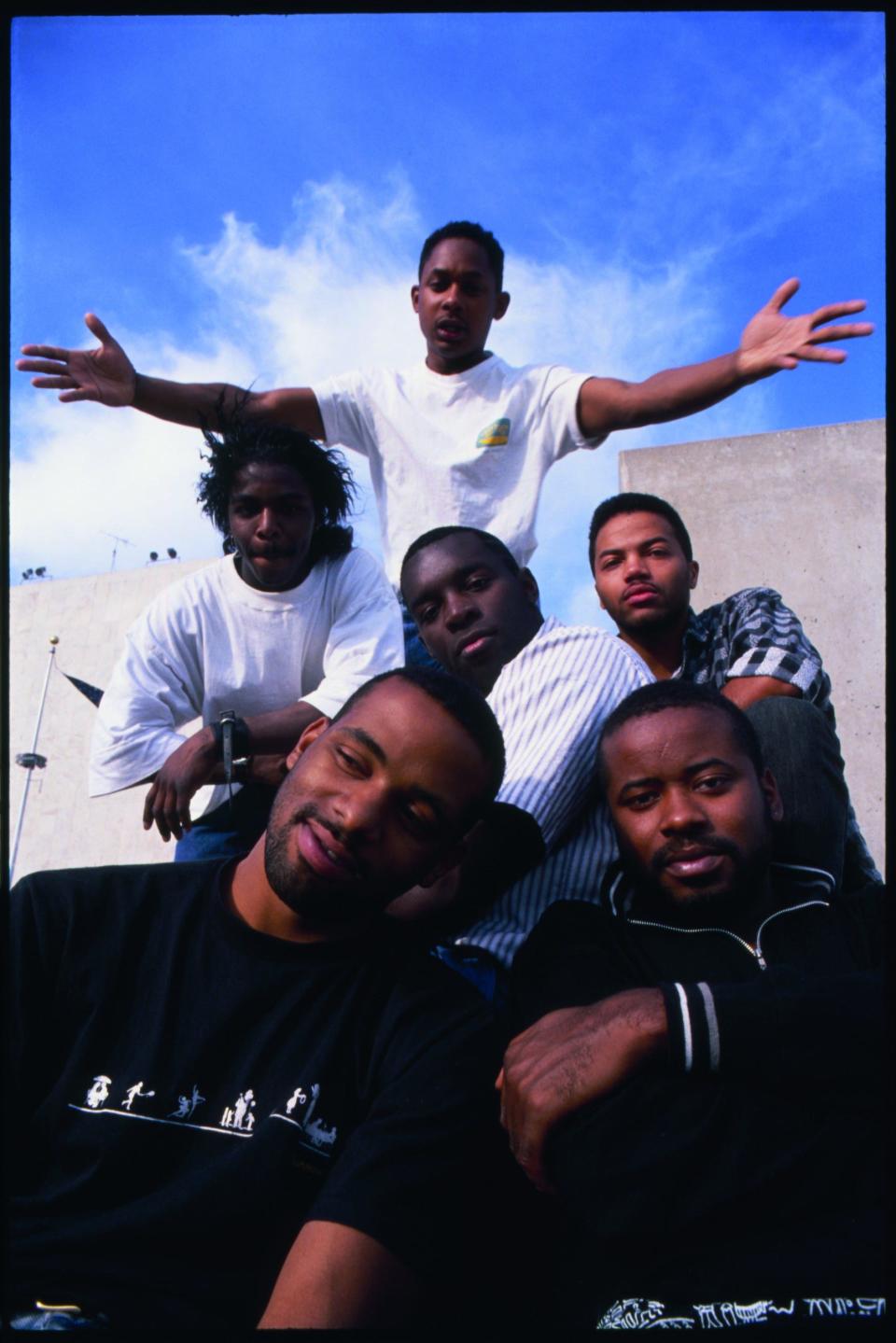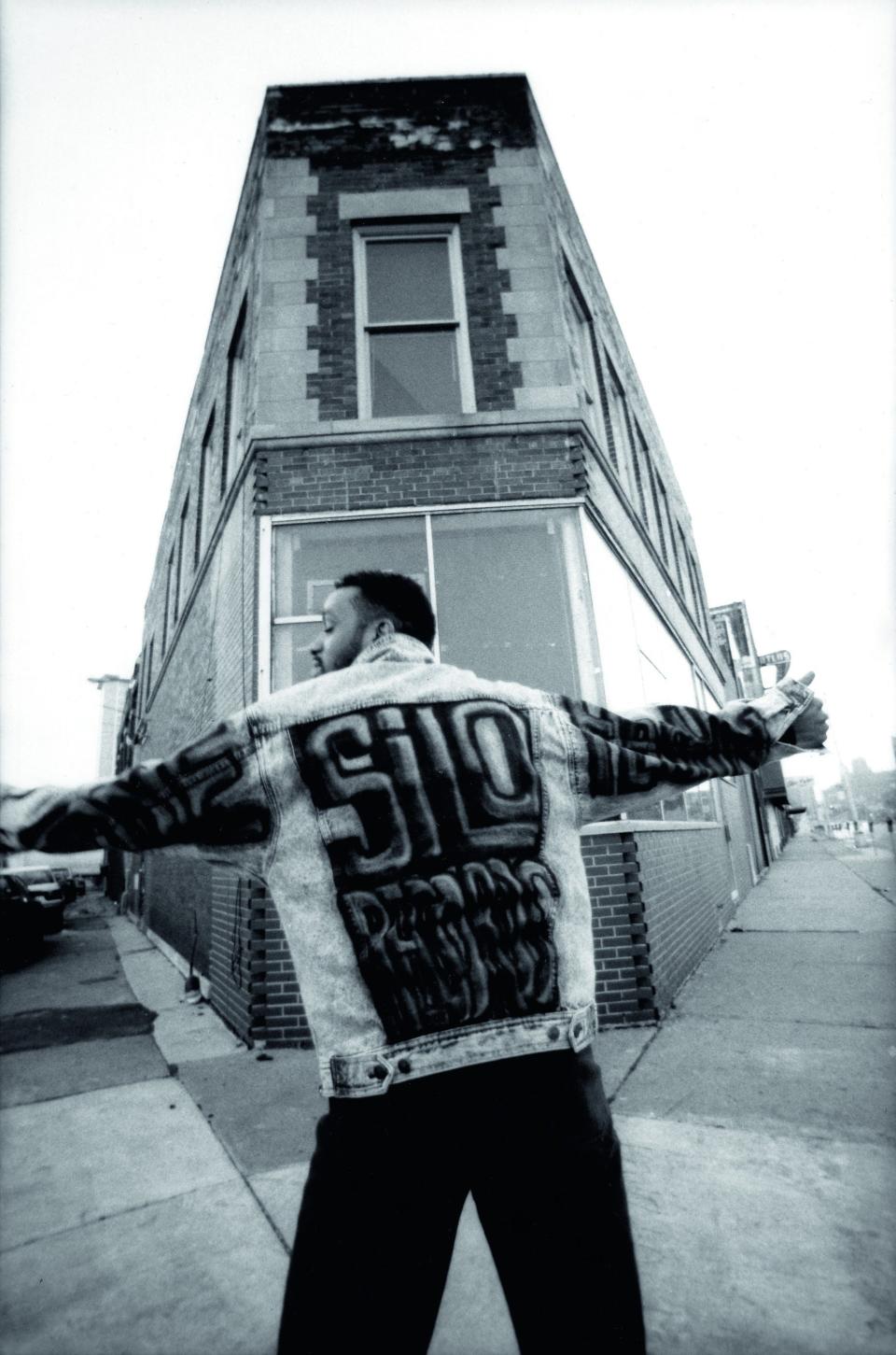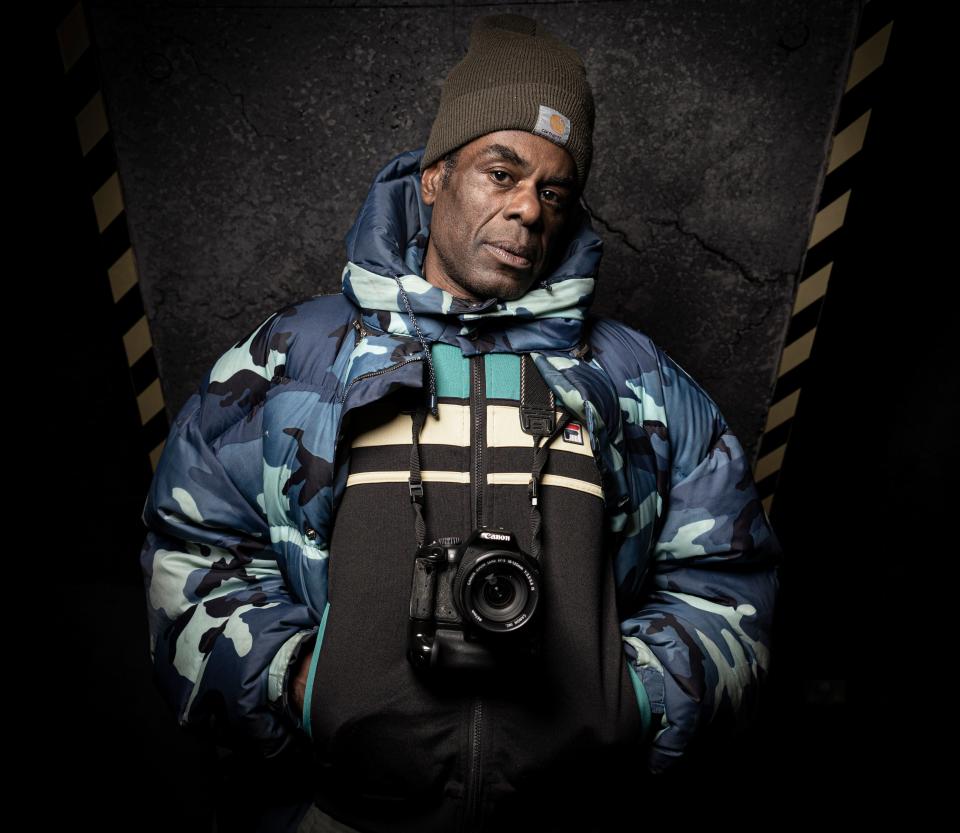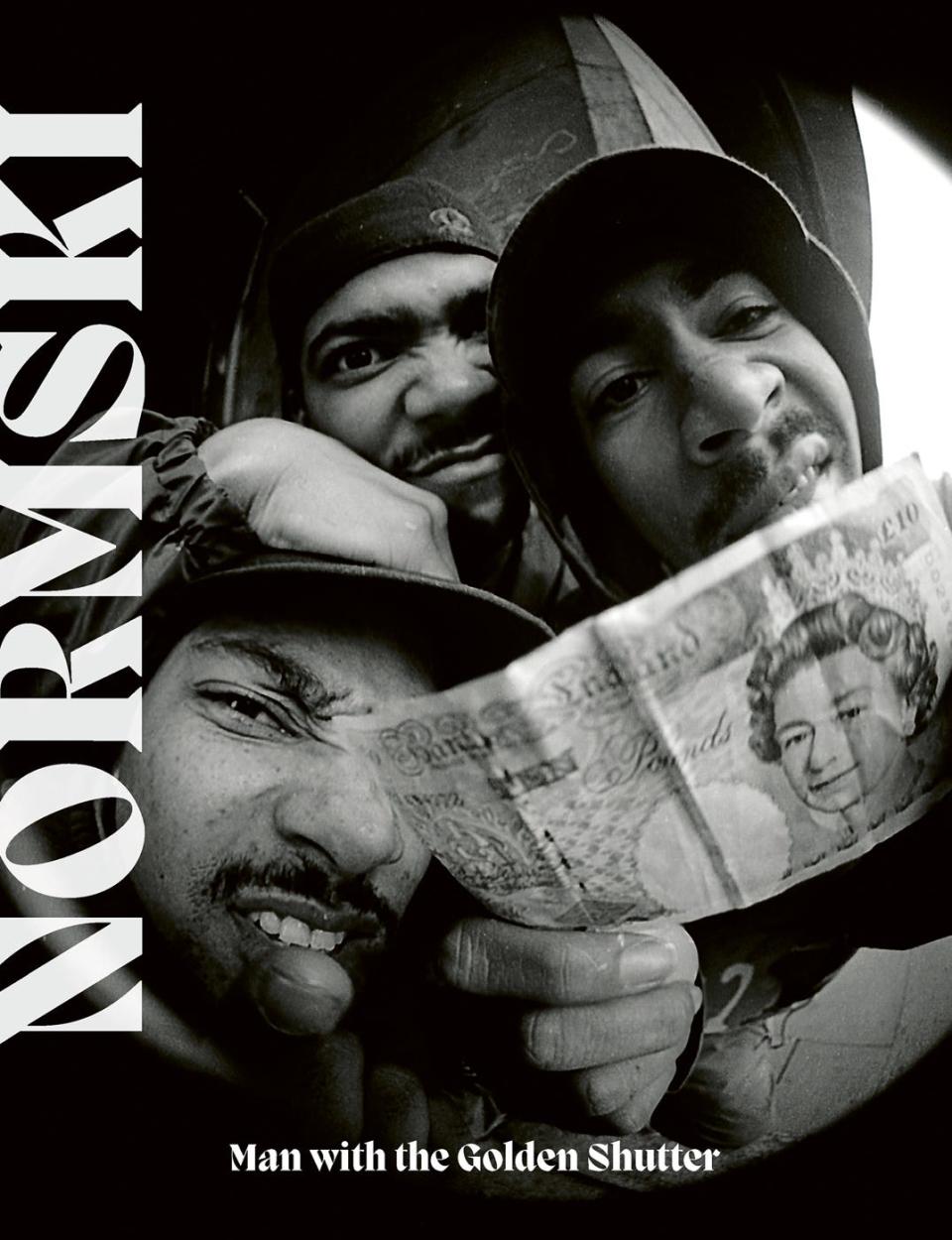New book by hip-hop photographer Normski captures Detroit techno on the cusp of success
- Oops!Something went wrong.Please try again later.
- Oops!Something went wrong.Please try again later.
- Oops!Something went wrong.Please try again later.
As a photographer, broadcaster and musician, renaissance man Normski has been best known for his high-profile work in hip-hop, where he and his camera got a foothold on the front lines four decades ago.
Lesser known, but perhaps just as crucially, the London native also played a key role as Detroit techno got its wings.
In 1988, a time when the city’s rising DJs and producers were hardly known in their own hometown, let alone around the globe, Normski traveled to Detroit to document them on film.
That assignment — a cover story for the English music mag Record Mirror — would help ignite momentum for a budding techno scene that eventually grew into an international phenomenon.

Several of those classic shots are featured in “Normski: Man with the Golden Shutter” (ACC Art Books), a new 272-page compilation of his music and culture photography, drawn from a transatlantic career in the ‘80s and ‘90s that made him one of the U.K.’s leading figures in the field.
For the photographer born Norman Anderson, it was a life behind the lens that took him to the studios, backstages and other inner sanctums of the era’s hip-hop heroes, from Rakim to Public Enemy, KRS-One to Ice T.
And in Detroit that summer of ’88 — along with a return trip the following winter — it gave him up-close access to those pioneering artists in electronic dance music.
“This is not a hip-hop book. It's a photographic art book of a time in my life, of which hip-hop was a really big part,” Normski says. “But there were a couple of other events that were really important, and one of them was going to Detroit and capturing this kind of parallel universe where some brothers were doing the same thing in a different way, in a different place.”
The Record Mirror assignment included a series of group images at Hart Plaza with Juan Atkins, Blake Baxter, Santonio Echols, Eddie Fowlkes, Derrick May and Kevin Saunderson — a rare photo shoot from the era featuring Detroit techno’s early central figures together.
“To capture all of us at once was different,” Fowlkes recalls, saying that Normski “didn’t come over with that British-arrogant (BS). He was cool.”

The Hart Plaza group shoot also serves as the narrative spine of the recent Detroit techno documentary “God Said Give ‘Em Drum Machines,” directed by Detroit native Kristian Hill.
That inaugural Detroit visit by Normski and writer Matthew Collin came on the heels of the groundbreaking Virgin Records compilation “Techno! The New Dance Sound of Detroit,” a double album that was making a stir in Europe.
The photographer figured a celebrity photo shoot awaited him in Detroit.
“I thought I was flying into a city with a whole heap of stars that I was going to photograph,” he recalls. “There was never a conversation saying, ‘You know, you’re like the first guy to come into our town and do this!’”
U-M: University pushes the envelope with Arts & Resistance theme semester
While it turned out they weren’t household names, the Detroit techno folks Normski encountered were brimming with innovative artistic energy. And as a photojournalist accustomed to navigating “the underground and overground,” he felt a kindred spirit.
“I was an industry guy, plus a creative guy, and I was from the street,” he says. “So that that was a major advantage in when I met the guys — that I was like one of them. They treated me like a brother. I honestly felt like I'd been there before.”
Normski and writer Matthew Collin got a tour of Detroit from Atkins, who cranked up some of his tracks-in-progress as they drove around town. Normski accompanied one of them with some off-the-cuff rhymes — “hip-house-rap,” he calls it — which prompted an invite to Atkins’ small recording studio.
The resulting track, featuring Normski’s verses, was titled “Yeah, Yeah, Yeah,” and made its way onto the 1989 compilation “Techno-1” released by Saunderson’s KMS Records. Normski designed the album’s sleeve.

Back in England that June, Record Mirror hit the stands with its multi-page Detroit spread.
“It was the talk of the town straight away,” Normski says. “(Techno) was the most interesting thing at the time, and it was the thing that was making a difference to what was going on in the U.K. musically. It was an addition to what was becoming a very popular thing, which was clubbing.”
BLKBOK: For Detroit-born pianist, inspiration takes many forms, from Mozart to Mos Def
Normski was back in Detroit that winter to document the next wave of techno musicians — Carl Craig, Mark Kinchen, Octave One, Underground Resistance and others.
As those early seeds of techno and house music went on to transform popular music in Europe and beyond — coalescing into mainstream genres dubbed electronica and later EDM — Normski knew he’d tasted history.
“Very quickly, it was quite apparent that I was lucky to be part of something quite big,” he says. “You would never have thought, though, that years later, techno is spread throughout the whole world … with the elements still there of using electronic equipment to create dance music.”

Normski’s new book has been a chance for him to reflect on a colorful life and career, notably in a year when hip-hop has celebrated its 50th anniversary.
And that pair of Detroit trips still looms large.
“I’ve been very blessed to have been at the genesis of nearly all the most special (musical movements) our time has produced. So I know what special is,” he says. “I had high hopes that I wasn't going somewhere really crap. And it wasn't at all. It was a different energy.
"It wasn't about hip-hop trainers and all this stuff — in fact, there was not even a look as such. It was all about this music they were putting together and this lust for production.”
Contact Detroit Free Press music writer Brian McCollum: 313-223-4450 or bmccollum@freepress.com.
'Normski: Man with the Golden Shutter'
By Norman Anderson
Acc Art Books, 272 pages, $60
This article originally appeared on Detroit Free Press: Normski's photography book recalls Detroit techno's early days

